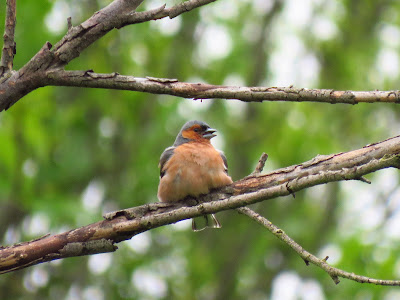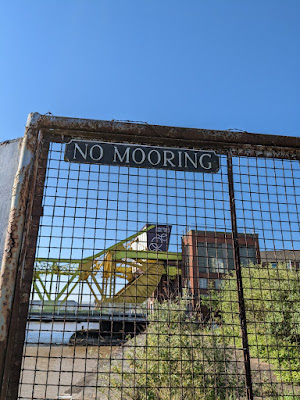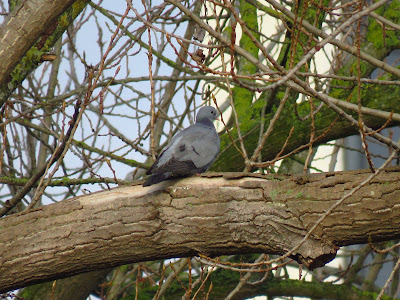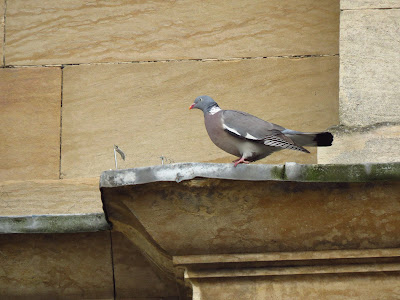Springhead Waterworks was built in 1862 to increase water supply to the growing city of Hull. The marshes where Hull was built and the river Hull were too salty for driking water, so freshwater from wells at the foothills of the Wolds at Anlaby, which included Julian's Well were used. This was piped, but had been by ditches earlier, and hence, 'Spring Bank' which led to the name of one of the main arteries of the city. Spring Bank runs almost straight from Springhead, at the westernmost edge of the city, to the city centre in its confluence with Beverley Road. Nowadays this makes a E-W green corridor that links the playing fields and allotments of Anlaby, through a green lane that includes the disused Hull and Barnsley railway tracks and sidings at both sides of Calvert Lane now rewilded, through to Stable Walk, and the Western and General Cemeteries. A large tract of Spring Bank West has a wide central reservation, likely a legacy of the old tram system, with a verge and trees which contributes to this green corridor.
It is a cold and cloudy morning. I walk west from home making my way to the Pumping Station alongside Spring Bank, and the parallel path just W of Calvert Lane, a brownfield site with birch and meadows. Bird's foot trefoil is blooming. Blackcaps and Chiffchaffs sing, a Fox scuttles ahead into the verges.
The southern path along the western sidings off Calvert Lane. The brownfield that were the disused railway tracks of the Hull and Barnsley railway are now wooded, mainly with birch, and have an interesting flora.
























































